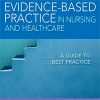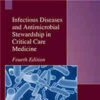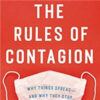Mitochondrial Damage-Associated Molecular Patterns Exacerbate Lung Fluid Imbalance Via the Formyl Peptide Receptor-1 Signaling Pathway in Acute Lung Injury
journals.lww.comMitochondrial damage–associated molecular patterns exacerbate lung fluid imbalance in the experimental acute lung injury model through formyl peptide receptor-1 signaling, the inhibition of which may prevent exacerbation of lung fluid imbalance induced by mitochondrial damage–associated molecular patterns.
Thus, formyl peptide receptor-1 is a potential therapeutic target for acute respiratory distress syndrome (ARDS).
Samples of bronchoalveolar lavage fluid and serum were obtained from patients and control subjects. Mice were intratracheally instilled with lipopolysaccharide and mitochondrial damage–associated molecular patterns. The primary rat alveolar epithelial type II cells were isolated and incubated with mitochondrial damage–associated molecular patterns.
Patients were divided into direct (pulmonary) and indirect (extrapulmonary) injury groups based on etiology. The release of mitochondrial peptide nicotinamide adenine dinucleotide dehydrogenase 1 in both bronchoalveolar lavage fluid and serum was induced in patients and was associated with etiology.
In the lipopolysaccharide-induced lung injury, administration of mitochondrial damage–associated molecular patterns exacerbated the lung fluid imbalance, which was mitigated in formyl peptide receptor-1 knockout mice.

















